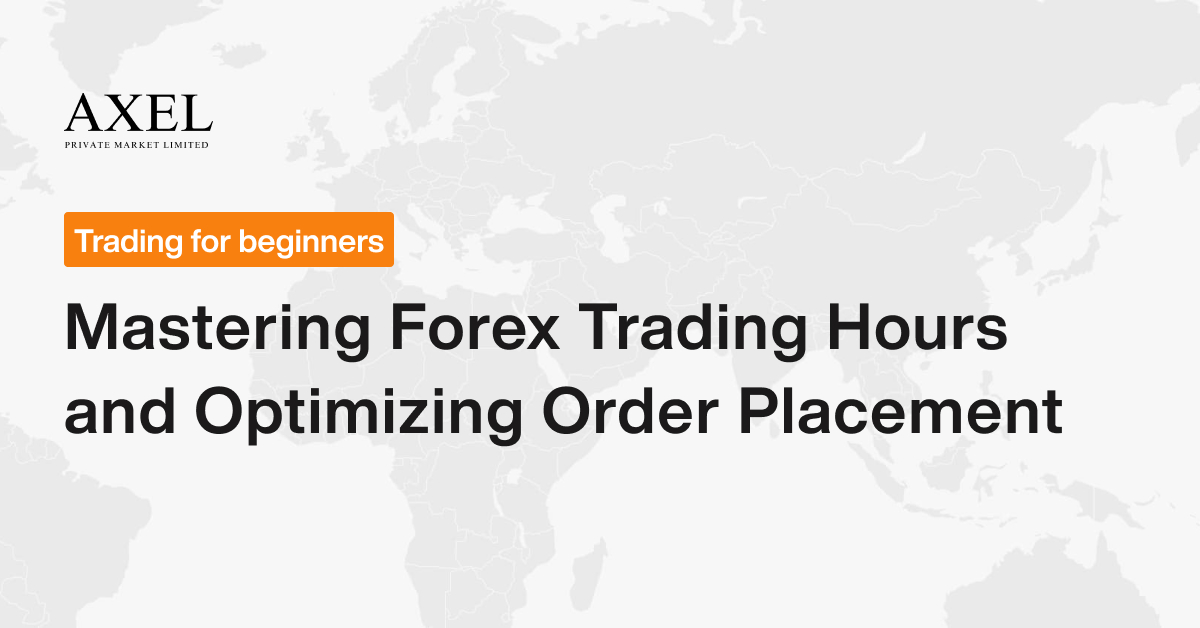INTRODUCTION
Effective risk management is the cornerstone of long-term trading success. Risk management is key to any profitable trading strategy. It involves identifying, assessing, and controlling potential losses in the financial markets.

For traders seeking to build sustainable wealth, developing a robust risk management plan is crucial. Traders can safeguard their capital by using proven risk control measures. These measures help them navigate market volatility. They also increase their chances of making consistent profits over time.
Without a disciplined approach to risk management, traders expose themselves to significant risks that can erode their trading account. Traders who focus on risk management are better equipped to handle unexpected events. They can also reduce the impact of their own emotional biases and seize profitable opportunities.
In the sections that follow, we will dig into the key ideas of risk management. We will explore the types of risks traders face, the core parts of a complete risk management strategy, and the psychology of using effective risk controls. By mastering these principles, traders can take a big step. It is towards building a lasting edge in the markets.
Get ready to discover how risk management can serve as the foundation for your long-term trading success.
UNDERSTANDING RISK IN TRADING
As an experienced trader, I understand that managing risk is the foundation of long-term success in the markets. To build a comprehensive risk management strategy, it’s crucial to first identify and understand the various types of risks that traders may encounter.
Market risk is the most well-known and pervasive form of risk in trading. This refers to the potential for losses due to bad moves in the asset’s price. These moves are driven by factors like the economy, politics, or industry developments.
Liquidity risk, on the other hand, arises when a trader is unable to enter or exit a position at the desired price, often due to a lack of market depth or sudden changes in trading volume. This can lead to slippage, widening bid-ask spreads, and difficulty executing trades.
Another key risk factor is counterparty risk, which relates to the potential for the other party in a trade (such as a broker or a clearing house) to default on their obligations. This can result in significant financial losses for the trader, highlighting the importance of conducting due diligence on one’s trading partners.
In addition to these market risks, traders must be mindful of other risks. These include technological failures, human errors, or regulatory changes. These things can impact their trading.
Closely related to the understanding of risk is the concept of the risk-reward ratio. This metric compares the possible gain to the possible loss in a trade. It gives traders a way to assess a trade.
A good risk-reward ratio is when it is greater than 1:1. It shows that the possible reward is worth the risk. This makes a trade more attractive. A risk-reward ratio below 1:1 is the opposite. It suggests that potential loss may be more than potential gain. This makes traders carefully consider the trade’s merits.
Traders can develop a deep understanding of the many risks in trading and the importance of the risk-reward ratio. This understanding lays the groundwork for a strong and disciplined risk management approach.
DEVELOPING A RISK MANAGEMENT STRATEGY
Traders need a clear risk management plan. It’s essential for navigating the financial markets well and consistently. This blueprint is a roadmap. It guides traders in their decision-making and helps them stay disciplined. This is true even when facing market volatility and their own emotional biases.
At the core of an effective risk management strategy are several key elements:
Position Sizing
Proper position sizing is a critical component of risk management. Traders can limit their downside by picking the right trade size. They should base it on factors like account balance, risk tolerance, and market volatility. This will stop a single loss from greatly reducing their capital.
Stop-Loss Orders
Placing stop-loss orders is a powerful tool for managing risk. It requires expertise and authority. Traders use these set price levels. They allow traders to exit a losing position automatically. This caps their potential losses and saves their account.
Diversification
Diversifying one’s trading portfolio is a time-tested approach to mitigating risk. Traders divide capital across a range of uncorrelated assets or strategies. This cuts their exposure to market-specific risks and stabilizes their returns.
Risk-to-Reward Ratio
As discussed before, the risk-to-reward ratio is a key metric. It helps traders assess if a trade is worth it. Traders aim for a favorable ratio, typically greater than 1:1. This ensures gains outweigh losses, strengthening their risk management.
Adding these elements to risk management can protect traders’ capital. It can also help them seize profitable opportunities. They can do so in a disciplined and systematic way.
IMPLEMENTING RISK MANAGEMENT TECHNIQUES
You understand the key parts of a risk management strategy. Now, let’s look at how to use these techniques.
Position Sizing Techniques: Effective position sizing is a crucial aspect of risk management. Two recognized approaches include:
-
Fixed Risk per Trade: Traders divide a fixed amount or percentage of their account balance to each trade. This ensures that a single losing trade does not have a big impact on their portfolio.
-
Percentage of Account: This method involves sizing positions based on a set percentage of the account’s value. The percentage is from 1% to 5%. This approach allows traders to scale their position sizes in proportion to the size of their trading account.
Stop-Loss Orders and Placement
Stop-loss orders are a powerful tool for limiting downside risk. Stop-losses close a position when the market reaches a set price. They help traders protect their capital and avoid emotional decisions. Placing stop-loss orders is key. This requires considering factors like market volatility and trade structure.
Diversification and Portfolio Management
Diversifying one’s trading portfolio is a time-tested strategy for mitigating risk. Traders divide capital to many uncorrelated assets, strategies, or sectors. This reduces their exposure to individual risks and stabilizes their returns. Effective portfolio management includes monitoring and rebalancing. It helps traders keep an ideal risk-reward profile.
By using these risk management techniques , traders can build a disciplined and systematic approach to the markets. This will improve their chances of long-term success.
CONCLUSION
In the world of trading, risk management is the foundation upon which long-term success is built. In this article, we’ve explored the critical task of finding, judging, and managing the many risks that traders face in the financial markets.
Key Takeaways
- Risk management is essential for protecting trading capital and navigating market volatility.
- Good risk management must address market risk and liquidity risk. It should also cover counterparty risk and operational risks.
- Using position sizing and stop-loss orders are the building blocks of a strong risk management plan. So are diversification and good risk-to-reward ratios.
Implementing these risk management practices is key. It must be done in a disciplined and systematic way. Doing so can help traders keep an edge in the markets.
As you start trading, I urge you to focus on making a clear risk strategy and using it. By doing so, you’ll protect your money. You’ll also be ready to seize profit chances and find long-term success in finance.
Remember, the most successful traders are those who understand that risk management is not just a tool, but a way of life. Embrace this mindset, and you’ll be well on your way to becoming a consistently profitable trade.





